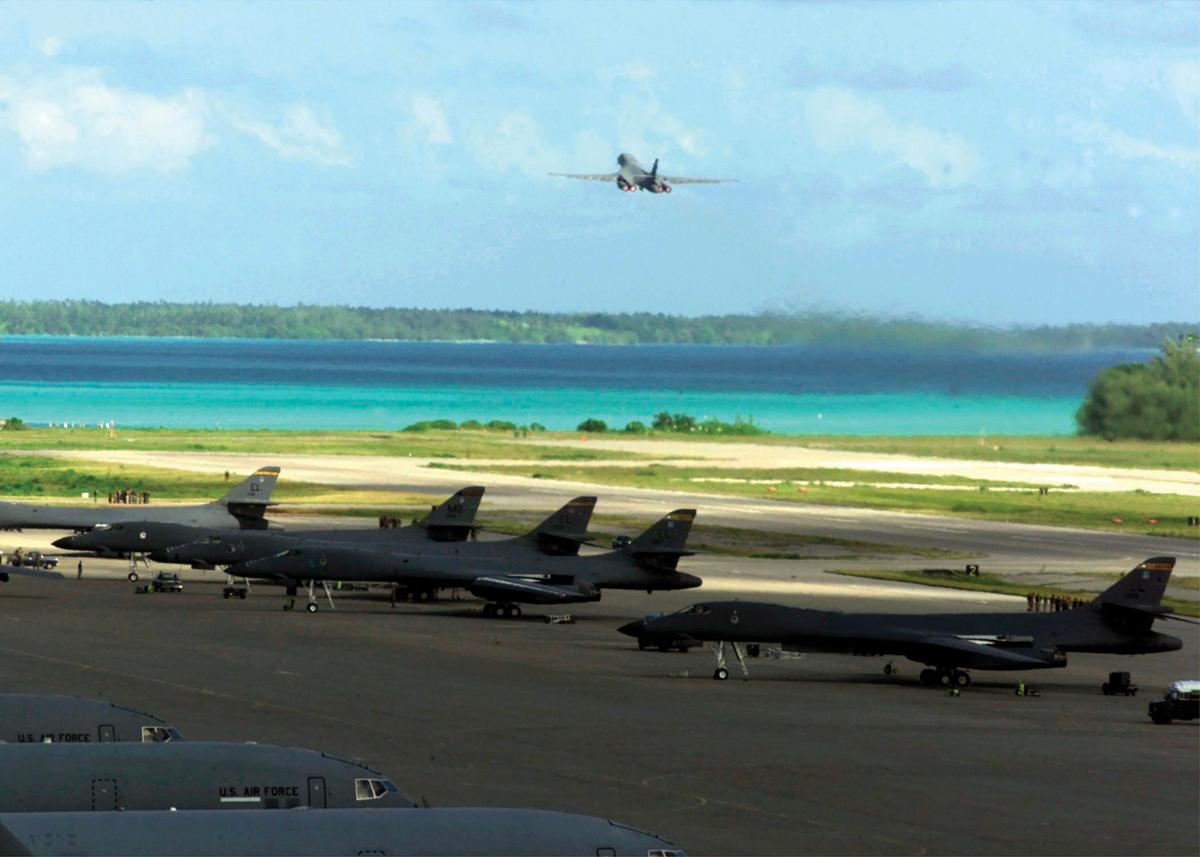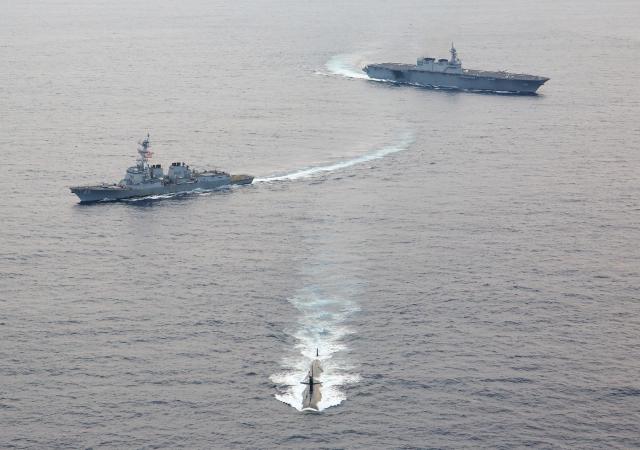China is here to “stay, play, and have a say” (as this author has written elsewhere). The intertwining of continental and maritime strategies underwritten by the scale and ambition of the Belt and Road Initiative (BRI) will inevitably require more military presence and influence in and beyond the region. Global and Indian Ocean investment in ports is increasing, and Chinese writers are today far more open about the need for more bases and places across the Indian Ocean. Not all is well with the BRI, of course, but The New York Times reported more than $128 billion in global BRI investments from January to November, including a major telecommunications center in Nairobi, Kenya.
The Indian Ocean region continued to be a theater for cooperation, competition, conflict, and violence in 2019. It opened with the mid-January bomb attack on a Nairobi hotel that killed more than 20 and closed, in December, with a car bomb going off in Mogadishu killing nearly 80 people. Al Shabaab is suspected in both attacks. Shifting winds and waves in the region’s northwest have an inevitable global impact, affecting energy prices, freedom of navigation, and differing degrees of political and socio- religious churn in several countries.
The year was unusually stormy across the expanse of this ocean, which is bordered by some of the most densely populated coastal regions in the world. The first major storm of the year, Cyclone Pabuk, originated on New Year’s Day. As if to signify the increasing oneness of the Indo-Pacific, Typhoon Mamto formed in the seas off Palau on 28 October in the Western Pacific and transformed into Cyclone Bulbul in the Andaman Sea, before venting its fury on the coasts of India and Bangladesh. In the North Arabian Sea, there were four severe cyclones, something that had not happened for the previous 117 years. Most of the eight storms in the northern Indian Ocean resulted in significant loss of life and medium-term economic disruption (mainly in the agriculture and fishing industries). In the southern Indian Ocean, storms also were frequent and caused several deaths. Are these weather-related events a part of the slower process of climate change? Perhaps. Quite fortuitously, the dispersed islands were spared much of the fury as some cyclones dissipated by the time they closed with land, and lives were spared in many cases.
The islanders, however, did something important: They voted. With the exception of Seychelles, all other island nations had elections in 2019. These elections reaffirmed their democratic processes as well as their identities in the face of winds created by geopolitics. As Darshana Baruah put it in a recent article for the Stimson Center, “Two broad trends across the islands deserve particular attention—nations rediscovering their island identities, and new nations other than China [implying Russia and Saudi Arabia] developing partnerships with the islands. Both trends are likely to have a significant impact on the way traditional powers (India, France, and the [United States]) approach the region.”
Diego Garcia’s future matters. The May 2019 U.N. vote for restoration of the British Indian Ocean Territory (BIOT) was overwhelmingly against the United Kingdom—with consequential implications for the United States. (The vote was to determine if Diego Garcia would remain British or revert to Mauritius, as an international court had ruled it should.) While the resolution was nonbinding, ignoring it or not trying sufficiently hard and reasonably soon for a solution generally acceptable to Mauritius could be counterproductive in the long term for the many interested parties. Diego Garcia hosts the only U.S. air base in the entire region.
The deeper worry is about the high-technology multidomain warfighting capabilities the People’s Liberation Army (PLA) would be able to deploy in, under, and over the Indian Ocean’s waters and littorals. PLA Navy (PLAN) deployments are longer, more wide-ranging, and complex. Indeed, the brand new guided-missile destroyer Xi’an and missile frigate Anyang joined the PLAN’s contribution to antipiracy patrols in the Gulf of Aden for the first time. The PLAN’s exercise partners have increased, as has the scope and depth of its interoperability with some navies. Are the West and Indian Ocean governments adequately concerned about such moves? It does not seem so.
Neither should anyone ignore what this growing footprint and potential could mean, including to the island nations that benefit from Chinese attention, investment, diplomatic support, and sale or transfer of military hardware. It is sobering to recognize that, even as multiple Indian Ocean nations (including India—with nearly 900 million eligible voters) held elections in 2019, Chinese leaders became even more openly authoritarian, decreased their own peoples’ liberties, and remained belligerent in what China calls “the near seas.”
To counterbalance the BRI, a concert of democracies has ramped up its investment, infrastructure assistance, and security measures in the region, but more needs to be done, especially in the southern Indian Ocean. The major shortcoming of initiatives such as the Asia Africa Growth Corridor, India’s Security and Growth for All in the Region (SAGAR), the U.S. BUILD Act, or Australia’s South Asia Regional Infrastructure Connectivity (SARIC), is lack of coherence or alignment with strategic objectives. Hopefully, the Quadrilateral Security Dialogue partners (India, Australia, Japan, and the United States) will take it forward after the foreign ministers’ meeting in New York in September.
It remains to be seen if the coming months will bring a 2020 vision for the Indian Ocean region from large powers in partnership with island and littoral nations. They must work together more closely and keep a concerned watch over China’s power and influence.




